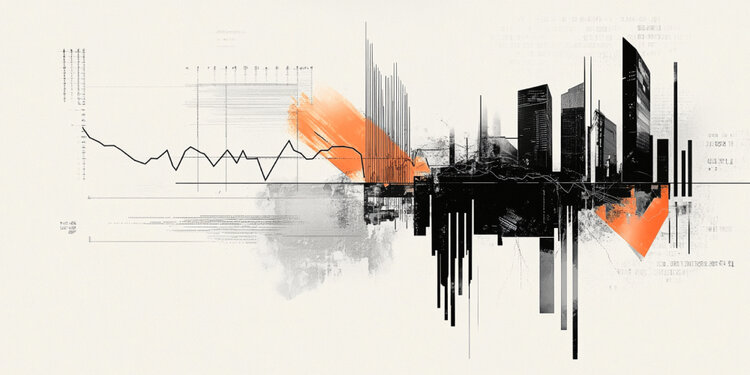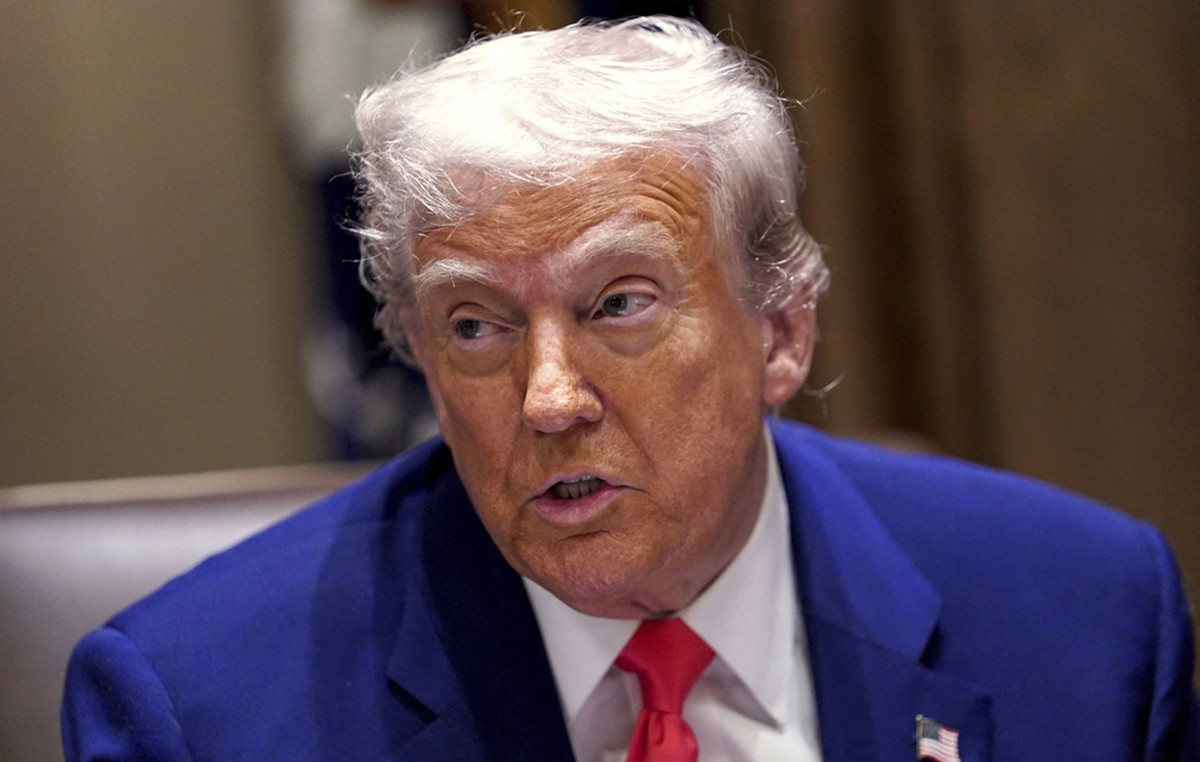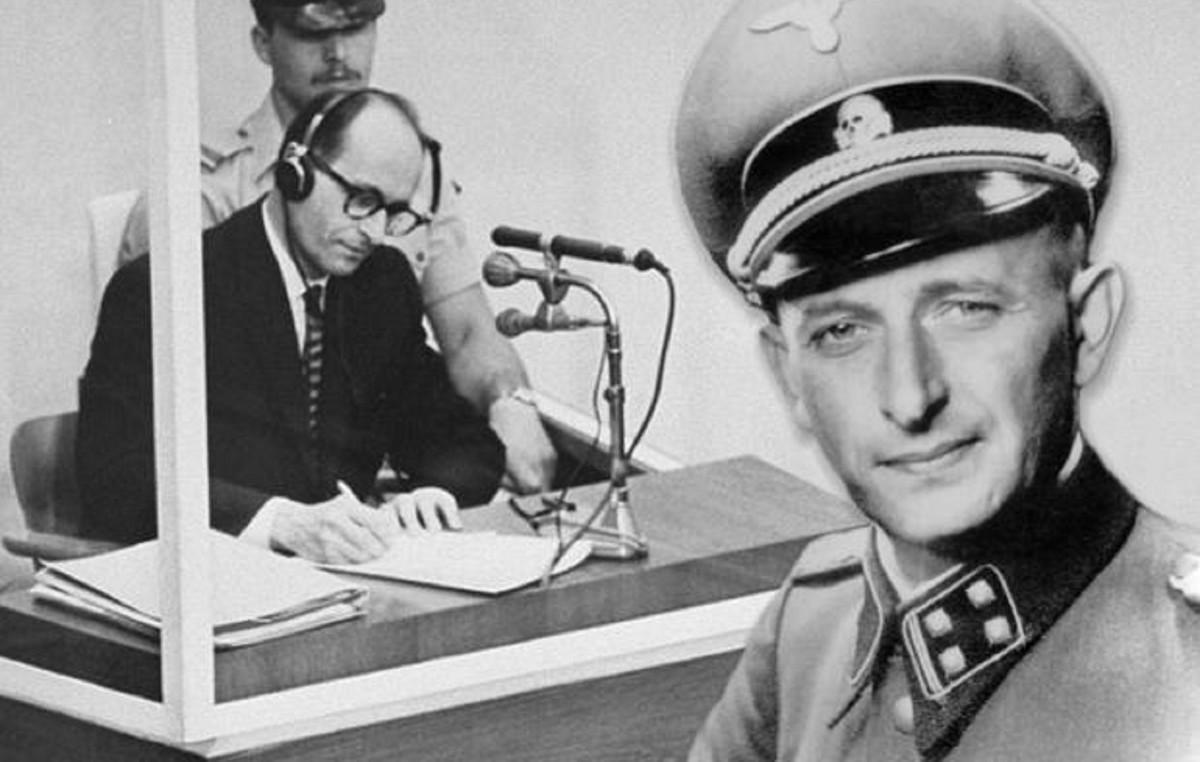The European Union reached a consensus on the price at which to limit Russian oil just days before its ban on most imports took effect.
The news of the deal, which needed the approval of stronghold Poland, was confirmed on Twitter by European Commission President Ursula von der Leyen, marking a major milestone in the West’s efforts to punish President Vladimir Putin without increasing stress on the global market. economy.
“Today, the European Union, the G7 and other global partners have agreed to introduce a global price cap for Russia’s seaborne oil,” said von der Leyen, adding that it would strengthen sanctions against Russia, lower Moscow’s revenues and stabilize energy markets by allowing EU-based operators to ship oil to third countries as long as the price is below the threshold.
The EU agreement on an oil price cap, coordinated with G7 and others, will reduce Russia’s revenues significantly.
It will help us stabilize global energy prices, benefitting emerging economies around the world. pic.twitter.com/3WmIalIe5y
— Ursula von der Leyen (@vonderleyen) December 2, 2022
The bloc’s 27 member states agreed on Friday to set the cap at $60 a barrel, an EU official with knowledge of the situation told CNN on Friday.
The West’s biggest economies agreed earlier this year to set a price cap after US lobbying and promised to discuss the details by early December. But pinning down a number proved to be difficult.
Capping the price of Russian oil at between $65 and $70 a barrel, a range previously under discussion, would not have caused the Kremlin much pain. Urals oil, Russia’s benchmark, is already trading at or near that range. EU countries such as Poland and Estonia have pushed for the limit to be lower.
“Today’s oil price cap agreement is a step in the right direction, but it is not enough,” Estonian Foreign Minister Urmas Reinsalu tweeted on Friday. “The intention is right, the delivery is poor.”
Price of US$ 60 represents a discount of almost US$ 27 in relation to Brent oil, a world reference. Ural has been trading at discounts of around $23 in recent days. Reuters reported that the EU deal included a mechanism to adjust the cap level to ensure it was always 5% below the market rate.
The risk of going for a lower price is that Russia could retaliate by cutting production, which would upset markets. Russia has previously warned that it will stop supplying countries that adhere to the limit.
With EU countries in line, the last remaining obstacle to a broader G7 deal has been removed. A senior US Treasury Department official said Thursday that $60 would be acceptable.
“We still believe the price cap will help limit Mr. Putin from profiting from the oil market so he can continue to fund a war machine that continues to kill innocent Ukrainians,” National Security Council coordinator for strategic communications John Kirby told reporters. 🇧🇷
“We think $60 a barrel is appropriate and we think it will have that effect,” added Kirby.
The price cap is designed to be enforced by companies that provide shipping, insurance and other services for Russian oil. If a buyer agrees to pay more than the limit, they will retain those services. Most of these companies are based in Europe or the UK.
Investors are already on edge, with the European Union’s embargo on Russian oil traveling by sea set to take effect on Monday. Confusion over the impact of this move, along with lingering questions about the price cap, have unnerved traders.
“There is so much uncertainty, doubt and lack of clarity about policy that nobody is really confident about how to act,” said Richard Bronze, head of geopolitics at research firm Energy Aspects.
Oil prices have fallen sharply since the summer as China’s coronavirus lockdowns and global recession fears hurt demand. OPEC and Russia announced a major production cut in October, but this has had little sustained impact on prices. The EU embargo and efforts to set a price cap may start to push them up again.
*Chris Liakos and Betsy Klein contributed to this article.
Source: CNN Brasil
A journalist with over 7 years of experience in the news industry, currently working at World Stock Market as an author for the Entertainment section and also contributing to the Economics or finance section on a part-time basis. Has a passion for Entertainment and fashion topics, and has put in a lot of research and effort to provide accurate information to readers.







